The Gay ’80s, ’90s and ’00s
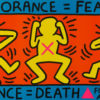
In this lesson, students research and create a timeline that illustrates how attitudes toward gay and lesbian issues have changed over the last 30 years.

Instructional Resources for California Educators, Students, & Families

In this lesson, students research and create a timeline that illustrates how attitudes toward gay and lesbian issues have changed over the last 30 years.
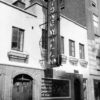
In the early hours of June 28, 1969, a police raid of the Stonewall Inn exploded into a riot when patrons of the LGBT bar resisted arrest and clashed with police. The Stonewall Riots are widely considered to be the start of the LGBT rights movement in the United States. In this lesson, students analyze four documents to answer the question: What caused the Stonewall Riots?
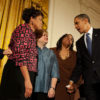
This lesson provides an opportunity for middle and high school students to understand the Matthew Shepard and James Byrd, Jr. Hate Crimes Prevention Act, learn about how hate escalates, connect the understanding of the escalation of hate with Matthew Shepard and James Byrd Jr.’s murders and consider what young people can do in their schools and communities to prevent hate crimes.
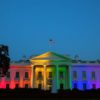
On June 26, 2015, in a 5-4 decision the Supreme Court of the United States held that the 14th Amendment requires a state to license a marriage between two people of the same sex and to recognize marriages lawfully performed in other jurisdictions. This means that marriage equality is now the law of the land in all 50 states. Prior to this historic day, 37 states plus the District of Columbia had legalized marriage for same-sex couples. This lesson provides an opportunity for students to explore marriage equality, gain background information about it, and reflect on their own thoughts and feelings about marriage equality.

In this lesson, students learn the definition of “hate” and how to use alternate words, discover and understand how national laws are made and apply that understanding to the concept of government protection.

In this lesson, students learn to access, study and compare primary-source documents, to research and organize information and to plan, organize and execute a live performance.

The film tells an inspiring story of a young gay man who took a stand against the bullying he experienced in school. It is designed to create empathy for victims and to encourage others to take action.

In this lesson students learn about gender identity and explore the impact of rigid gender role expectations and stereotypes. Using various media—an audio interview and a video of a spoken word performance transgender people and issues are personalized and clarified for students. Students then discuss real-life scenarios depicting conflicts around gender expression in school settings, and brainstorm ways to be an ally to transgender and gender non-conforming people.
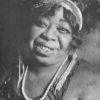
This activity is designed as a fun and interactive way to raise students’ awareness of LGBT people and the contributions they made in the history of the United States. Students will learn about key events in the LGBT civil rights movement. Students will have an opportunity to create signs regarding these events to spread awareness throughout the school.
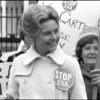
In this lesson, students will learn about changes and continuities in the 1920s, particularly focused on cultural and social areas. Students will analyze primary and secondary sources that explore race, gender, and sexuality in the 1920s.